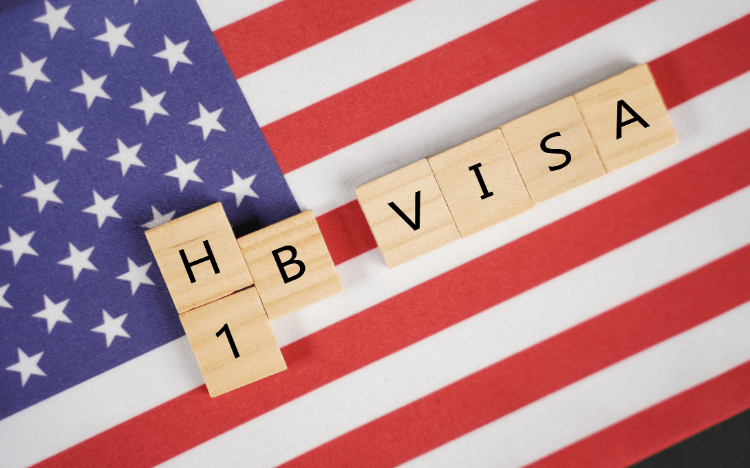
Understanding the H-1B Visa: Navigating International Talent Recruitment
In your pursuit of exceptional talent, your company may seek to cast a wider net, extending beyond the borders of the United States. While recruiting talented individuals from abroad is appealing, it often involves a more intricate process than simply identifying the right candidate and bringing them on board.
In most instances, when you intend to have an employee reside in the U.S. while working for your company, you'll need to engage in the sponsorship of international talent through a visa application process. However, the complexity of this process should encourage you to tap into global talent pools to secure the best-fit candidates for your organization.
This blog post highlights the various U.S. visa options available to foreign workers, focusing on the H-1B visa category. The H-1B visa is specifically designed for individuals engaged in specialty occupations that demand a high level of specialized knowledge.
The H-1B visa extends its eligibility to individuals in specialty occupations, as well as to fashion models with exceptional abilities (H-1B3) and individuals set to contribute outstanding skills and value to a Department of Defense development and cooperative research project (H-1B2).
It's important to note that there is a limited annual quota for H-1B visas, and the responsibility for obtaining this visa rests with the employer seeking to hire international talent. The employer is tasked with applying for the visa on behalf of the prospective employee rather than the employee independently pursuing the visa application process.
